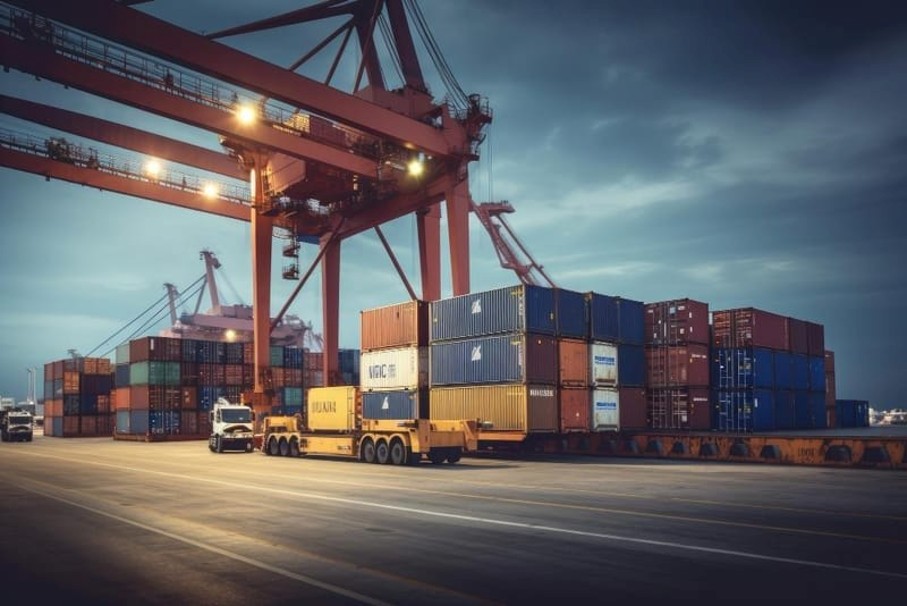Government/Policy

July 25, 2017
Do U.S. Steelmakers Really Need Section 232?
Written by Tim Triplett
Even conceding that a strong U.S. steel industry is vital to the nation’s security, it’s unclear whether America’s steelmakers really need an assist from the government in the form of new tariffs or quotas under Section 232.
“Is the industry deserving of any kind of help? I believe you can make a good case that the answer is no,” says veteran steel industry analyst Charles Bradford of Bradford Research in New York.
![]() Overall, steel stocks are trading at their highest levels in years. Steelmakers such as Nucor and Steel Dynamics are reporting strong sales and profits. Others, such as U.S. Steel and ArcelorMittal, are not. “But the fact they haven’t performed well doesn’t mean it can’t be done,” says Bradford. “If Nucor and SDI can have the return on invested capital that they report, that shows the industry is not in need of any help.”
Overall, steel stocks are trading at their highest levels in years. Steelmakers such as Nucor and Steel Dynamics are reporting strong sales and profits. Others, such as U.S. Steel and ArcelorMittal, are not. “But the fact they haven’t performed well doesn’t mean it can’t be done,” says Bradford. “If Nucor and SDI can have the return on invested capital that they report, that shows the industry is not in need of any help.”
Steel executives in the United States are quick to blame their woes on China, its overproduction and excessive exports of unfairly priced steel. While that certainly has been the case in the past, it’s not as true today. “China is actually now a net importer, not an exporter, of steel. All that analysis about how China is a bad actor in the steel business is absolutely false,” Bradford says.
China’s steel exports equal about 10 percent of its current domestic consumption. That percentage is about the same for the United States, Bradford says. “They have a much bigger base, though, so there is a lot more steel coming out of China,” he adds.
China’s overcapacity may not be as excessive as it seems, Bradford says. Using WTO guidelines, the Chinese report their “capacity,” the theoretical amount of steel that their mills’ equipment could produce. In the U.S., mills report their “capability,” which is the actual amount they are able to produce. “It’s the bottlenecks that actually define the output. That’s the difference between capacity and capability,” Bradford explains.
The Chinese say they have 1.2 billion tons of annual steelmaking capacity, while their actual output is just above 800 million tons. “I have long felt that about 300 million tons of Chinese capacity is illusory,” Bradford says.
The United States’ trade deficit with China is distorted by other factors. When the U.S. imports a product, the cost includes freight. When it exports a product, the cost does not. “If you export one $500 ton of steel to China, it would show up in U.S. export data as $500. If that same ton of steel is imported from China, it might show up as $550, including freight. It makes the import figure look substantially greater,” Bradford says.
Bradford is among those who do not concede that a subsidy for the steel industry is necessary for national security. The Department of Defense is a relatively small consumer of steel, compared with other industries, and the nation’s steel industry has more than enough capability to meet the DoD’s needs.
The Trump administration is getting a lot of pushback from U.S. manufacturers and other steel consumers, who contend that further restrictions on imports will raise their cost for steel and make them less competitive. At stake are millions of jobs in manufacturing, they say, versus thousands of jobs in the steel industry.
The administration will probably try to make the case that the nation’s entire infrastructure, and the steel needed to maintain it, is vital to national defense, Bradford says, but he offers no prediction for the long-delayed Section 232 report due from the Department of Commerce. “There’s no way to read what they will do,” he says. “They’ve been irrational.”







